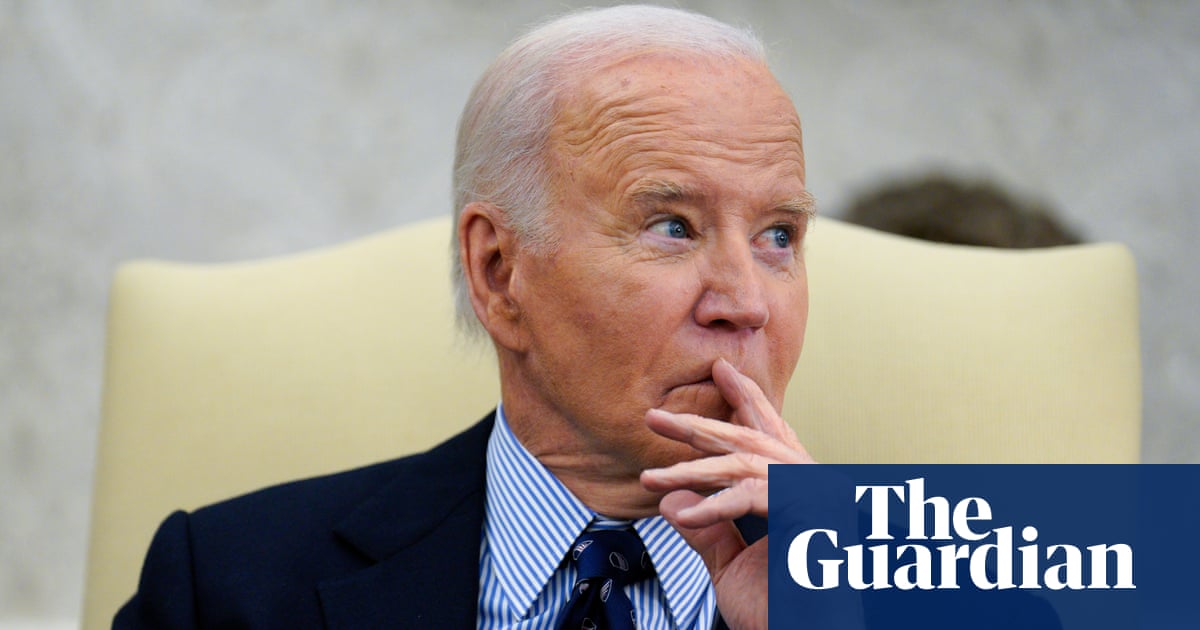The most authoritarian and racist campaign of my lifetime just won Donald Trump a return to the White House. It even was the most popular Republican presidential campaign since 1988. There go four decades of academic research on far-right politics, which has confidently claimed that openly racist far-right parties could not win elections. While it is too early to explain Trump’s shockingly large victory, there is one thing I know for sure: Trump 2.0 will be nothing like Trump 1.0. When Trump returns to the White House on 20 January 2025, he will bring his own people, have a clear plan and face no internal opposition.
When Trump won in 2016, he was largely a one-man band. Except for his close family, he had no powerful individuals and organizations that were loyal to him. Hence, he relied on the infrastructure of the Republican party and establishment conservative organizations like the Heritage Foundation. His first administration should therefore be seen as a coalition government, between Trump and the Republican establishment – at that time, personified by Mitch McConnell, then the powerful Senate majority leader. It was mainly successful in policies that the two camps shared – notably, lower taxes, deregulation, and judicial replacement – and much less so in policies that only Trump really cared about, like “the wall” and the “Muslim ban”.
Today, Trump is in a much more powerful position. There are few powerful counterweights left within both the US right wing and the broader US political system. The Republican party already controlled the supreme court and has retaken the Senate. Although the House is still in play, it is likely to stay in Republican hands given the size of Trump’s win. Finally, he has a vice-president who is blindly loyal to him.
Trump is also in complete control of the Republican party. After Ron DeSantis’s unsuccessful challenge in the midterms, only two years ago, opposition to Trump has largely disappeared within the grand old party. Critics like Liz Cheney have been replaced by Trump loyalists, while challengers like DeSantis and Nikki Haley have since kissed Trump’s ring again. McConnell is literally a shadow of himself, immobilized by health issues and unable to oppose Trump even within his own Senate faction. The new Senate majority leader will undoubtedly be a Trump supporter, just like the current House majority leader, Steve Scalise.
Similarly, the broader “conservative” infrastructure has changed fundamentally. Not only have most organizations radicalized, but they have also been joined by a host of new, well-funded pro-Trump organizations, often founded and run by former members of the Trump administration. So, even though the Heritage Foundation may play a lesser role in Trump’s second transition team, the organization has become solidly far right and pro-Trump under its new president, Kevin Roberts. Moreover, it will compete with new pro-Trump groups like the America First Policy Institute, primarily bankrolled by Texas oil money. And for middle- and low-level personnel in both the administration and the bureaucracy, the new Trump administration can draw on a large pool of younger Americans, well-versed in far-right ideology and loyalty to Trump by organizations like Turning Point USA.
Finally, this time Trump has a plan. Although he distanced himself from Project 2025 in the campaign, and it is very likely that he never read the lengthy report, most of the people expected to take up key positions in his new administration are closely tied to the project and Trump himself has supported most of the key policies. In addition to the usual rightwing pet projects, like deregulation and lower taxes, it includes Schedule F, which would slash legal protections for tens of thousands of bureaucrats so that they can be fired “at will” – a policy that Trump already introduced in the last days of his first administration and has promised to introduce again on his first day back in office. With the combination of Schedule F and an army of young loyalists, Trump could finally transform the “deep state” into a blindly loyal, if possibly much smaller and therefore less effective, apparatus.
Does this mean that Trump will destroy US democracy, like his “friend” Viktor Orbán in Hungary? Unlikely. Not because Americans are more democratic than Hungarians, which is a doubtful assumption anyway, but because the US political system is much more complex than the Hungarian political system. Largely set-up to prevent tyranny, the US political system is extremely complex and rigid. Most importantly, it is almost impossible to change the constitution, which has been at the heart of Orbán’s transformation of the Hungarian system. This does not mean that Trump cannot significantly weaken liberal democracy, but he will have to do it with weaker instruments (like executive orders) and with significant judicial pushback (although probably less from the US supreme court than from state and local courts).
This will undoubtedly comfort the many college-educated white men in blue states, who disproportionately produce the news and opinions in the US media, but it will do little for those of us living in Republican-controlled states. Most importantly, it will provide little comfort for the millions of Americans who are already marginalized within the country, from the LGBTQ+ community to people of color and women.
While the far right’s plans for mass deportations or a federal ban on abortion might not come to fruition, or at least not to the extent that its most fanatic supporters hope, marginalized groups will face an even more hostile state while enjoying even less protection from an increasingly embattled judiciary and media. And, while they can hope for a Democratic victory in 2028, it will be more difficult than in 2020, as this time the elections might still be free but they will no longer be fair.
-
Cas Mudde is the Stanley Wade Shelton UGAF professor of international affairs at the University of Georgia, and author of The Far Right Today

 German (DE)
German (DE)  English (US)
English (US)  Spanish (ES)
Spanish (ES)  French (FR)
French (FR)  Hindi (IN)
Hindi (IN)  Italian (IT)
Italian (IT)  Russian (RU)
Russian (RU)  2 weeks ago
2 weeks ago
























Comments